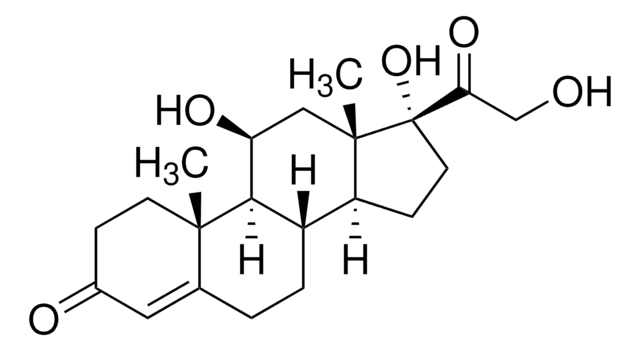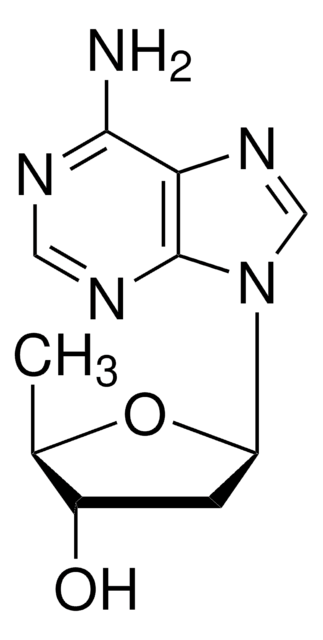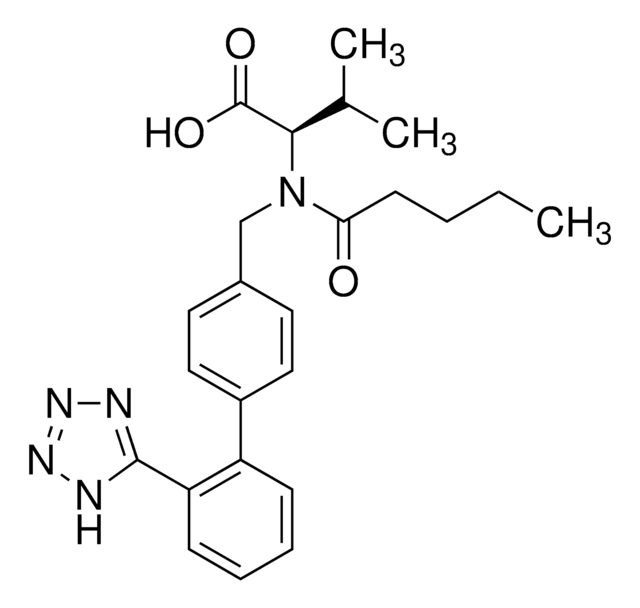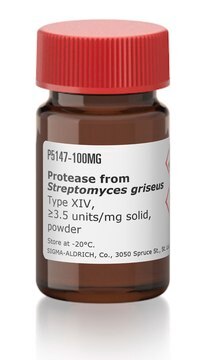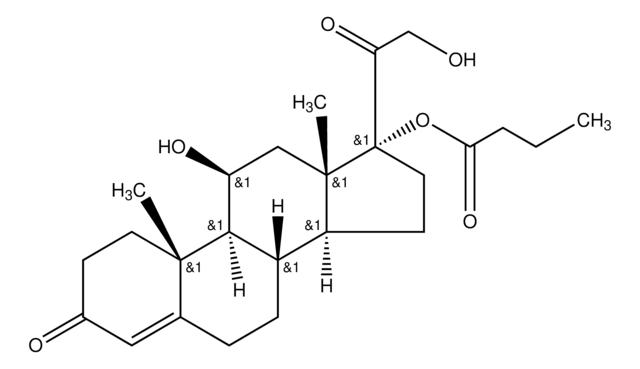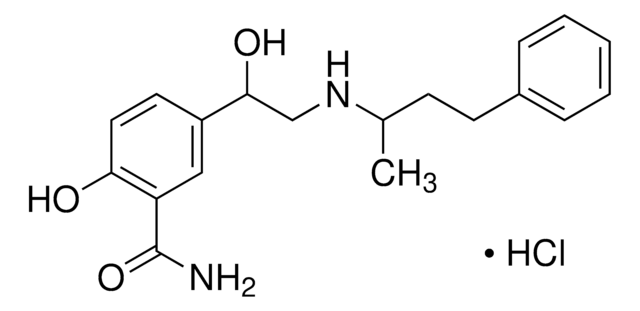H5270
Hydrocortisone 17-butyrate
Synonym(s):
11β,17,21-Trihydroxypregn-4-ene-3,20-dione 17-butyrate, Cortisol 17-butyrate
About This Item
Recommended Products
form
solid
Quality Level
shipped in
ambient
storage temp.
room temp
SMILES string
[H][C@@]12CCC3=CC(=O)CC[C@]3(C)[C@@]1([H])[C@@H](O)C[C@@]4(C)[C@@]2([H])CC[C@]4(OC(=O)CCC)C(=O)CO
InChI
1S/C25H36O6/c1-4-5-21(30)31-25(20(29)14-26)11-9-18-17-7-6-15-12-16(27)8-10-23(15,2)22(17)19(28)13-24(18,25)3/h12,17-19,22,26,28H,4-11,13-14H2,1-3H3/t17-,18-,19-,22+,23-,24-,25-/m0/s1
InChI key
BMCQMVFGOVHVNG-TUFAYURCSA-N
Gene Information
human ... NR3C1(2908)
Looking for similar products? Visit Product Comparison Guide
Application
- in the synthesis of hydrocortisone butyrate (HB)-loaded poly(d,l-lactic-co-glycolic acid) (PLGA) nanoparticles
- as a topical corticosteroid (CS) to study its effects on keratinocyte proliferation in hyperproliferant keratinocytes (HaCaT) model
- in the preparation of solid lipid nanoparticles (SLN)
Biochem/physiol Actions
Storage Class Code
11 - Combustible Solids
WGK
WGK 2
Flash Point(F)
Not applicable
Flash Point(C)
Not applicable
Personal Protective Equipment
Certificates of Analysis (COA)
Search for Certificates of Analysis (COA) by entering the products Lot/Batch Number. Lot and Batch Numbers can be found on a product’s label following the words ‘Lot’ or ‘Batch’.
Already Own This Product?
Find documentation for the products that you have recently purchased in the Document Library.
Our team of scientists has experience in all areas of research including Life Science, Material Science, Chemical Synthesis, Chromatography, Analytical and many others.
Contact Technical Service